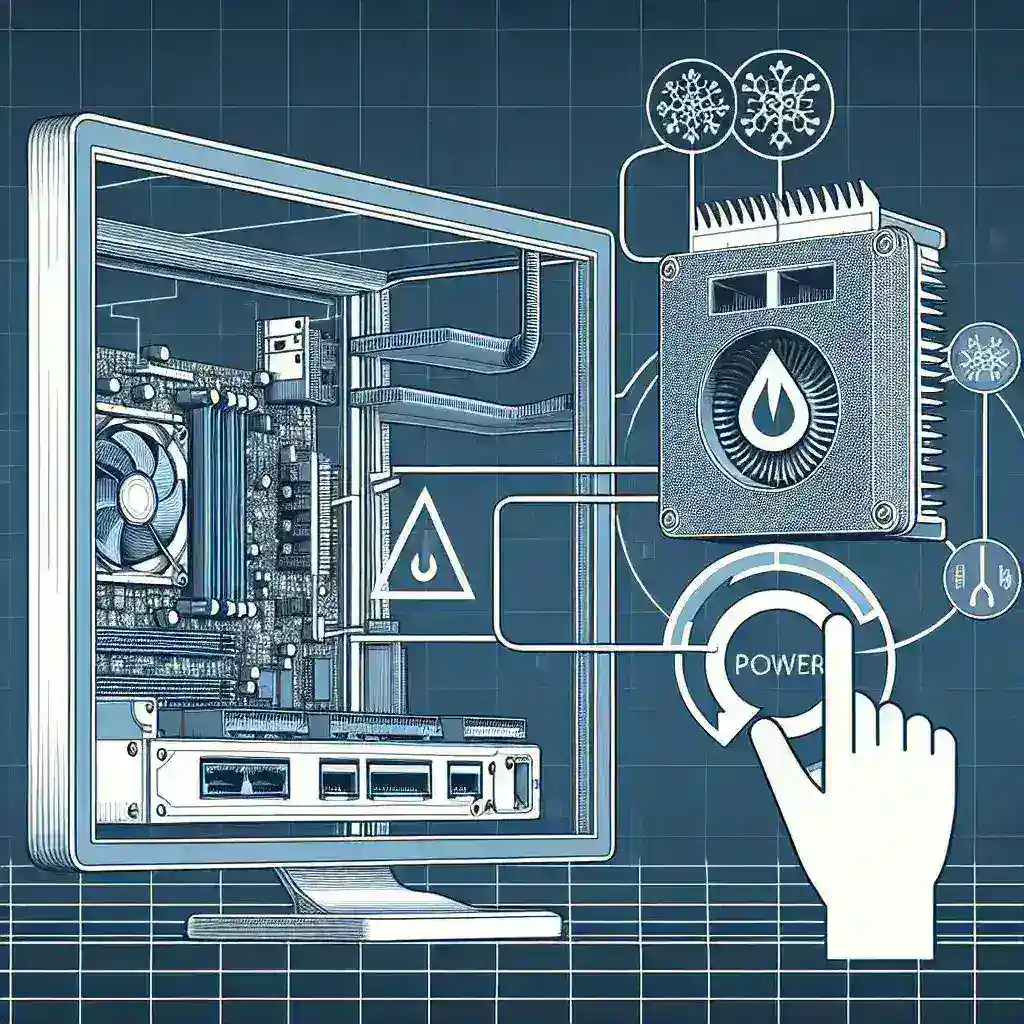In the realm of computing, optimizing power consumption is crucial for enhancing device performance and longevity. One of the ways this is achieved is through the power management settings of various components, including network adapters. But what exactly is a network adapter’s power management setting, and why is it important?
Overview of Network Adapter Power Management
Network adapter power management refers to the configuration settings that control how a network adapter handles power consumption. This setting can be particularly important for portable devices, such as laptops and tablets, where battery life is crucial. Adjusting the power settings can help in conserving energy and extending battery life while ensuring that network performance remains optimal.
Power Management Settings at a Glance
| Power Management Setting | Description |
|---|---|
| Allow the computer to turn off this device to save power | This setting allows the operating system to disable the network adapter when not in use to conserve energy. |
| Allow this device to wake the computer | Allows the network adapter to bring the computer out of sleep mode when network activity is detected. |
| Only allow a magic packet to wake the computer | Configures the network adapter to wake the computer only when a specific type of network message, known as a magic packet, is received. |
Key Benefits of Adjusting Power Management Settings
Adjusting the power management settings for your network adapter offers a number of benefits:
- Enhanced Battery Life: By allowing the system to disable the network adapter when it is not in use, you can significantly extend the battery life of portable devices.
- Improved Performance: Properly configured power settings can help maintain optimal network performance by allowing the network adapter to wake the computer for important tasks.
- Energy Efficiency: Reducing the power consumption of network adapters contributes to the overall energy efficiency of the computer system.
How to Configure Power Management for Network Adapters
Configuring power management settings for network adapters is a straightforward process. Here is a step-by-step guide to help you:
For Windows Users
- Open the Device Manager.
- Expand the Network adapters section.
- Right-click on your network adapter and select Properties.
- Navigate to the Power Management tab.
- Select or deselect the desired options (e.g., “Allow the computer to turn off this device to save power”).
- Click OK to save changes.
For macOS Users
- Open System Preferences.
- Go to the Energy Saver options.
- Adjust the slider to configure sleep settings, which indirectly manage power for network adapters.
- Ensure that Wake for network access is selected if you want to allow network activity to wake the computer.
Common Issues and Troubleshooting
While managing power settings can be beneficial, users may sometimes encounter issues. Here are a few common problems and their solutions:
Network Adapter Frequently Disconnects
If your network adapter frequently disconnects from the network, it might be because the power management setting is turning off the device too aggressively to save power. To resolve this, you can:
- Disable the “Allow the computer to turn off this device to save power” setting.
- Check for updated network adapter drivers and install them.
- Ensure that your operating system is up-to-date.
Device Not Waking up from Sleep Mode
If your computer fails to wake up from sleep mode when expected, ensure that:
- The “Allow this device to wake the computer” option is enabled in the network adapter settings.
- The “Only allow a magic packet to wake the computer” option is properly configured.
- Check for any BIOS or firmware updates for your device that might address power management issues.
Conclusion
Understanding and configuring the power management settings for your network adapter can offer numerous benefits, including enhanced battery life, improved performance, and overall energy efficiency. By learning how to adjust these settings appropriately, you can ensure that your devices perform optimally while conserving energy. Whether you are a casual user or a network administrator, knowing the intricacies of these settings can significantly impact the longevity and efficiency of your computing equipment.

